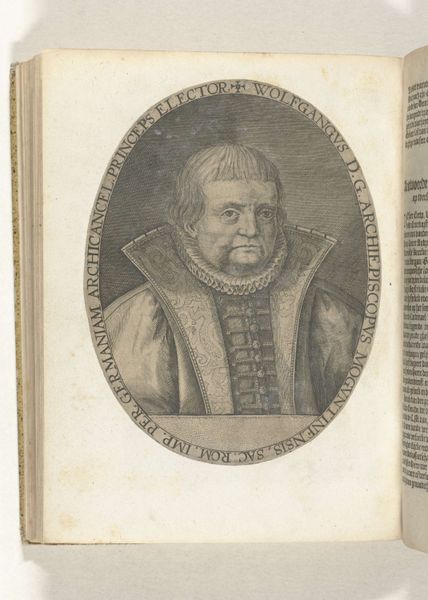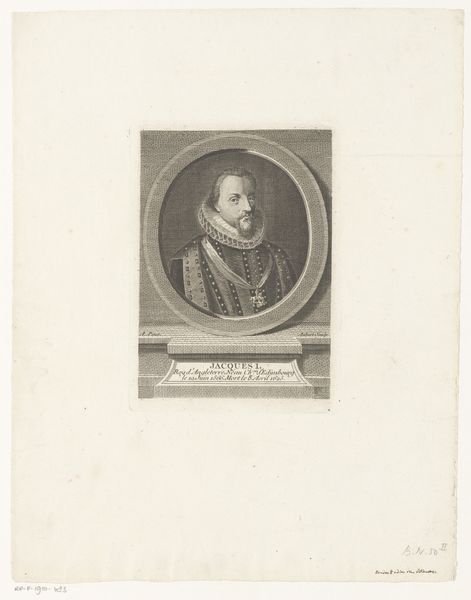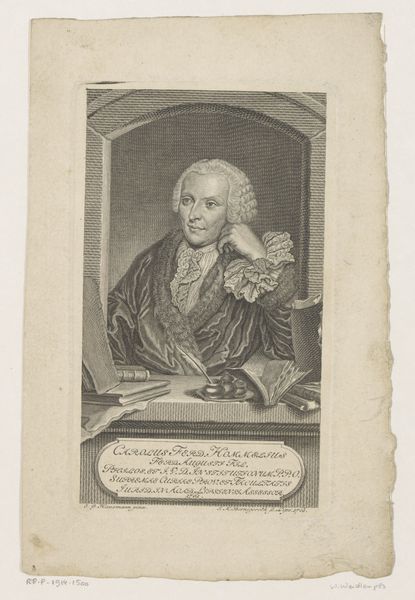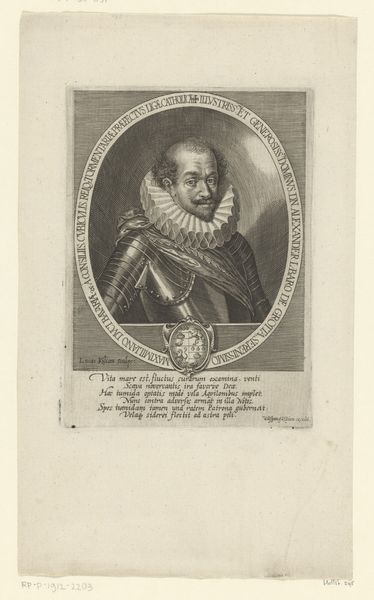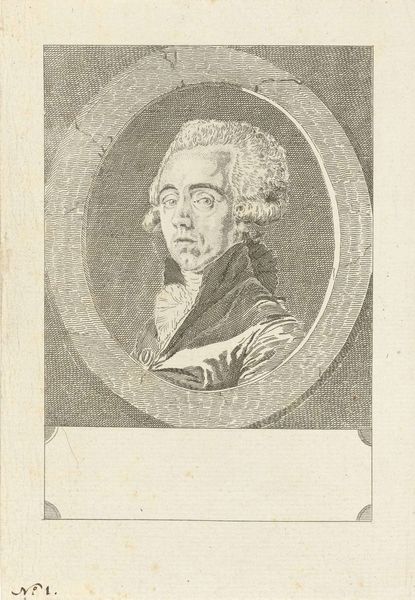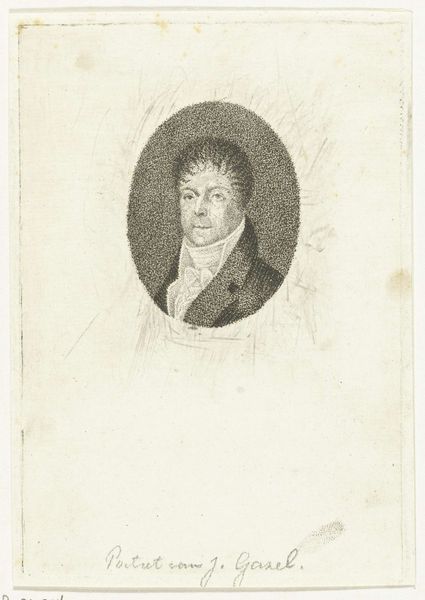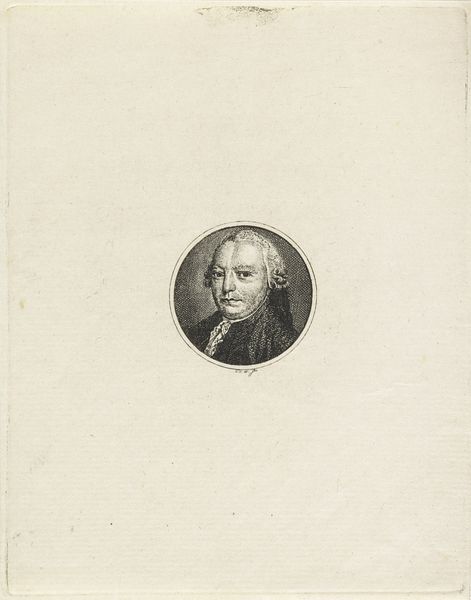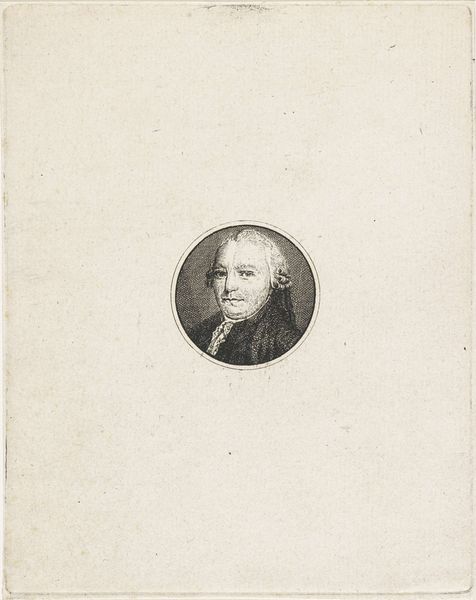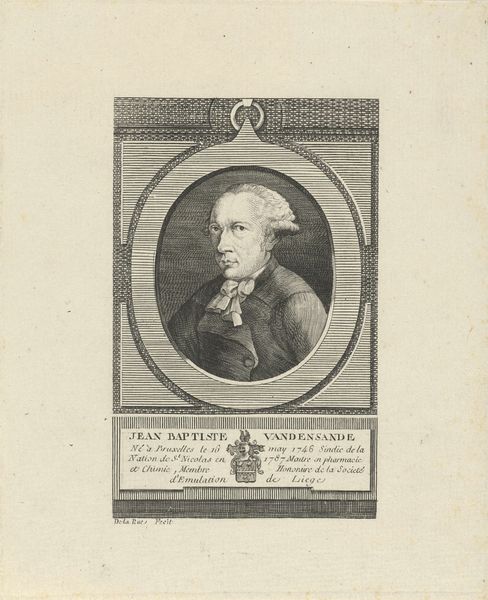
print, engraving
#
portrait
#
medieval
# print
#
history-painting
#
engraving
Dimensions: height 81 mm, width 66 mm
Copyright: Rijks Museum: Open Domain
Curator: Looking at this, the overwhelming impression is of someone trapped, perhaps weighed down by the strictures of nobility. Editor: This is an engraving, "Portret van Maurits, prins van Oranje," dating back to the 17th century and currently held in the collection of the Rijksmuseum. As the title tells us, it depicts Maurits, Prince of Orange. Curator: Right, Maurits. So, we see a formal portrait enclosed within an oval, the meticulous engraving technique lending a severe crispness to his features, his armour, that ruff… all emphasizing a sense of constraint and hierarchy, don’t you think? Editor: Absolutely. Engravings like this served an important function. Disseminating the images of powerful individuals, they became tools for reinforcing social order. It's not merely a likeness; it's a representation crafted to project authority and legitimacy, especially in times of conflict and political maneuvering. Curator: And it begs the question of access, who has the power to control images, what sort of images were used and who controlled that? Also what expectations were set? For example his armor and the details it brings says a lot. Editor: Indeed. Consider the historical context – the Eighty Years' War, the Dutch struggle for independence from Spain. Maurits played a pivotal role. Therefore this image needs to be examined with regards to the messages it carries to encourage Dutch liberation from oppression. The image then becomes more than a simple artwork; it is tied into freedom itself. Curator: Absolutely! The power of images is always related to issues of emancipation, race, gender, and identity as a means of representation or misrepresentation. We might want to inquire, why this image, why this representation, and why circulate it? Editor: Examining it within that framework brings even greater richness to the analysis. Images helped establish perceptions and reinforce allegiances in a time of profound upheaval. Thanks for opening up a contemporary lens to history. Curator: Likewise, by analyzing this engraving, we not only perceive the portraiture practices but also their impact on Dutch national identity, even today.
Comments
No comments
Be the first to comment and join the conversation on the ultimate creative platform.

